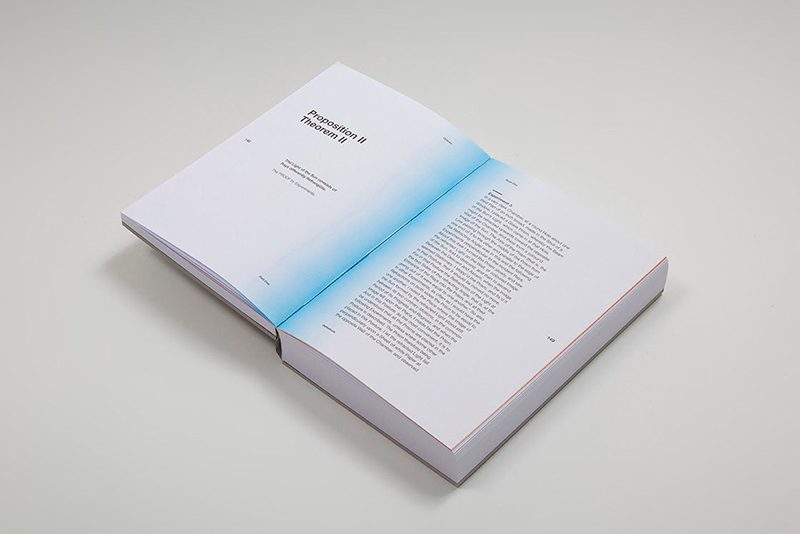
/isaac-newton--english-scientist-and-mathematician--1874--463918279-ce73e2eebfb14c3eaa457066fc90e0ea.jpg)
330 B.C.) Aristotle arranged five chromatic colours on a line between white and black, with the lighter colours beginning with yellow close to white, and the darker colours beginning with blue close to black (Fig. In his Peri Aistheseos kai Aistheton (On sense and what is sensed, c. For details of the original publications see Kuehni and Schwarz (2008).Īmong earlier systems, the most influential was the linear scale devised by Aristotle, based on the idea that colours might be formed by the mixing in various proportions of white and black. Multilinear system illustrated by Francois Glisson in his Tractatus de ventriculo et intestinis (1677). Later compound systems based on D'Aguilon's, published by Athanasius Kircher ( Ars magna lucis et umbrae, 1646) and Johannes Zahn ( Oculus artificialis, 1685) respectively.

Diagram by Robert Fludd ( Medicina Catholica, 1629), formed by joining the white and black ends of a linear system as a circle. Compound (linear-multilinear-trichromatic) system by Francois D'Aguilon from the Opticorum libri sex (1613). Two-path and five-path multilinear systems illustrated by Sigfridus Forsius ( Physica, 1611).

Seventeenth century diagrams of colour order systems 1 ( click to enlarge). So while colour circles had existed previously, the circular dimension of hue begins withįigure 7.1.1.

Some earlier colour diagrams in the shape of a circle had been drawn in the seventeenth century (Figs 7.1.1A, B, D), and circular diagrams displaying colours of urine had been used for medical diagnoses since the Middle Ages (Kuehni and Schwarz, 2008, Figs 2.3, 2.4), but all of these included black and white among the colours of the circle. The key steps of isolating hue as an independent dimension of colour, and of representing it as a continuous circle, were first taken in Isaac Newton's well-known colour circle in his Optics of 1704.


 0 kommentar(er)
0 kommentar(er)
